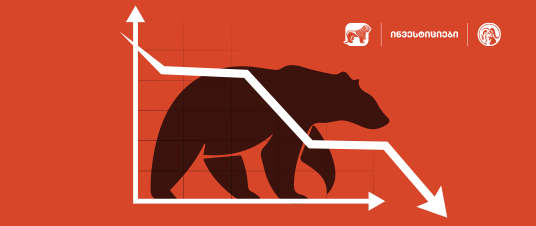Most of the major benchmarks endured a fifth consecutive week of losses as interest rate and inflation worries continued to weigh on sentiment, especially toward growth stocks. The losses briefly pushed the Dow Jones Industrial Average into correction territory, down more than 10% from its recent highs, where it joined the S&P 500. The Nasdaq Composite ended the week firmly in bear markets, down more than 25%.
Investing during bear markets:
- Focus on the long-term: Bear markets test the resolve of all investors. While these periods are painful to endure, history shows you probably won’t have to wait too long for the market to recover. And if you’re investing for a long-term goal — such as retirement — the bear markets you’ll endure will be overshadowed by bull markets.
- Diversify your holdings: Because bear markets typically precede or coincide with economic recessions, investors often favor assets, that deliver a steadier return, so adding dividend paying stocks and other defensive companies from sectors such as food, beverages, household and personal products can minimize your portfolio volatility. Investors can also consider adding assets or commodities that don’t seem to be in correlation with stocks, for example YTD oil, gas and many other commodities have been steadily gaining. One other way to diversify and hedge your portfolio is to add derivatives such as Put options or Short CFD positions that will actually appreciate when the prices of underlying asset decline.
- “Be Fearful When Others Are Greedy and Greedy When Others Are Fearful”: This quote belongs to legendary investor Warren Buffet. Bear markets present good opportunities to invest in assets that are undervalued. At the same time investors should remember that trying to pick the bottom, or “time” the market, is a risky endeavor, so dollar-cost averaging can be a safe strategy for investors during the bear markets. Dollar-cost averaging is when you continually invest money over time and in roughly equal amounts. This helps smooth out your purchase price over time, ensuring you don’t pour all your money into a stock at its high (while still taking advantage of market dips).
Top S&P 500 sectors last week:
- Energy sector + 10.17% (ETF: XLE)
- Utilities sector + 1.24% (ETF: XLU)
- Communications Sector + 1.09% (ETF: XLC)

Type
Blog
Thumbnail
